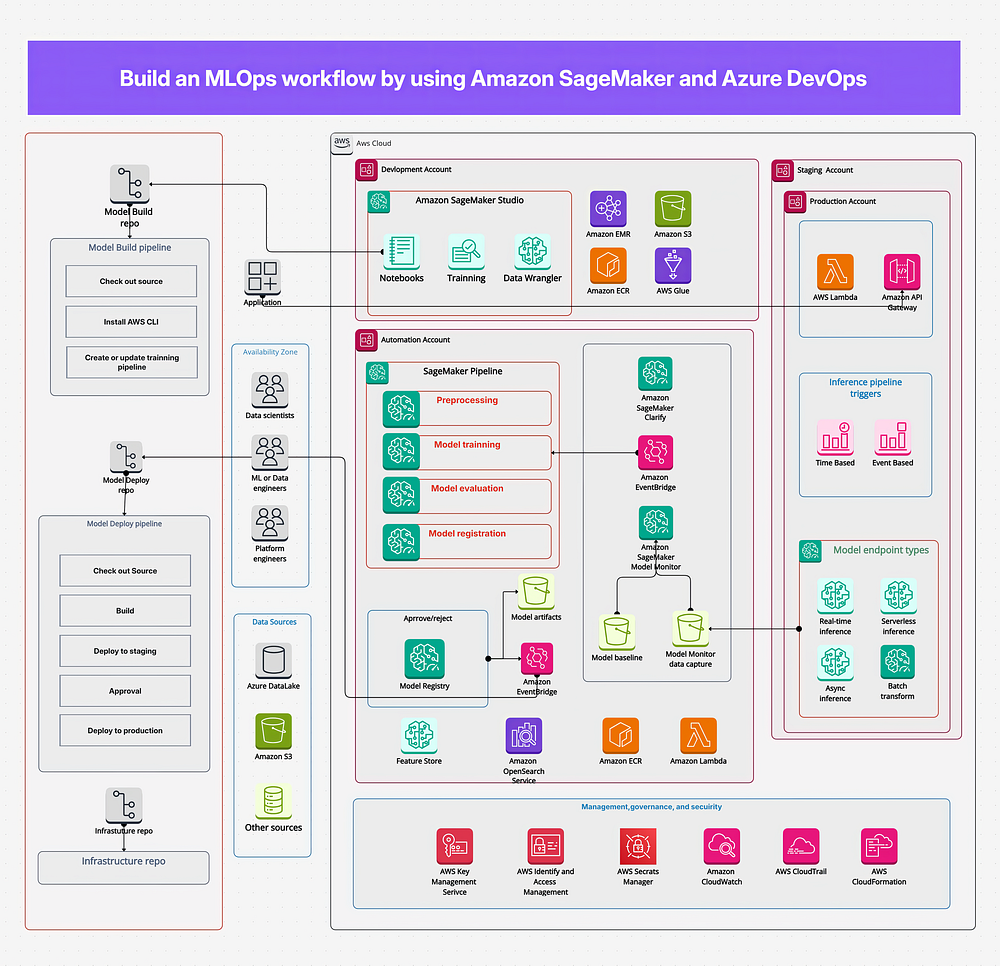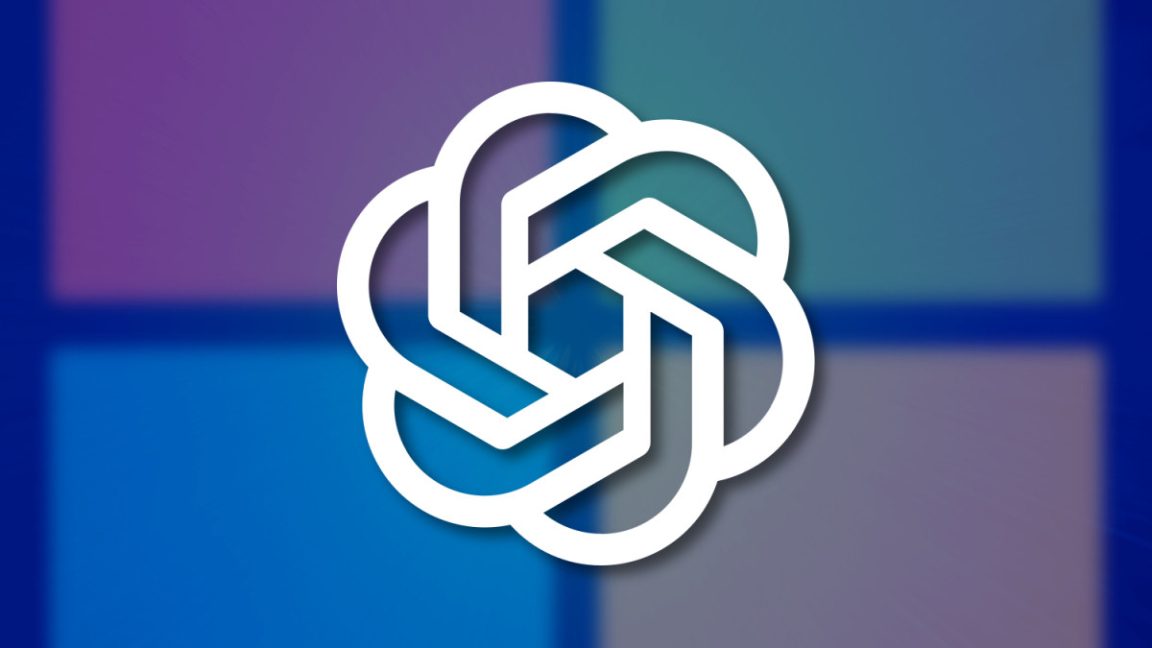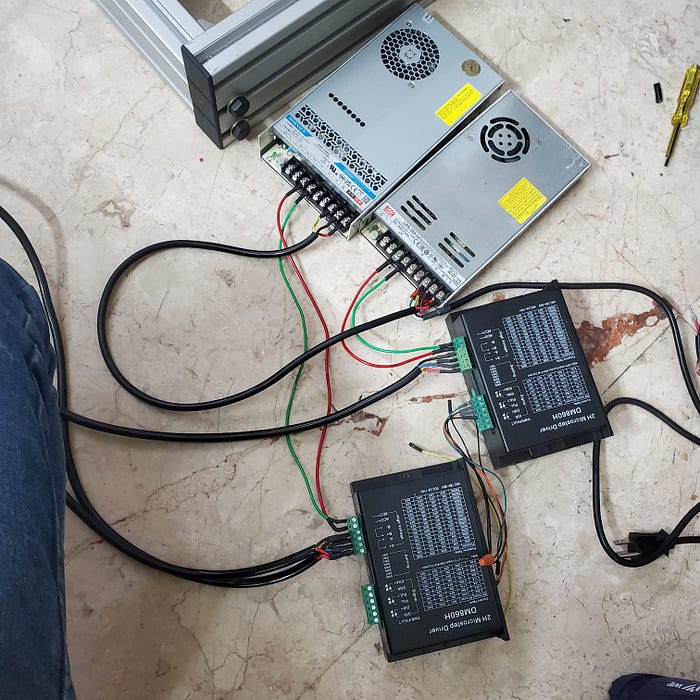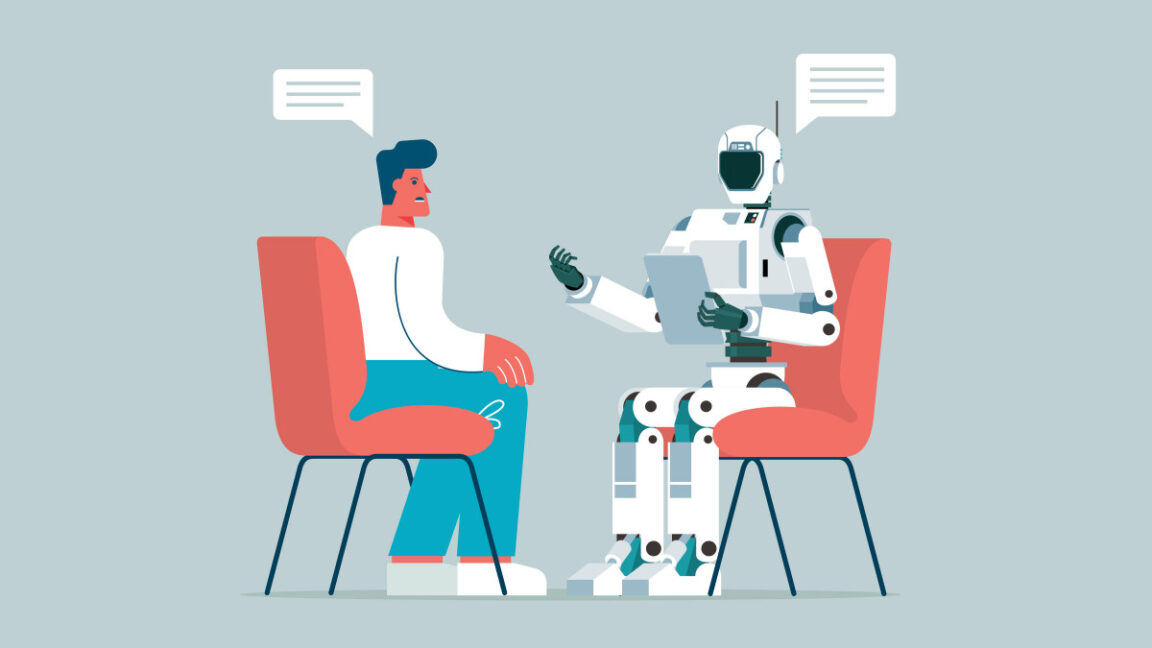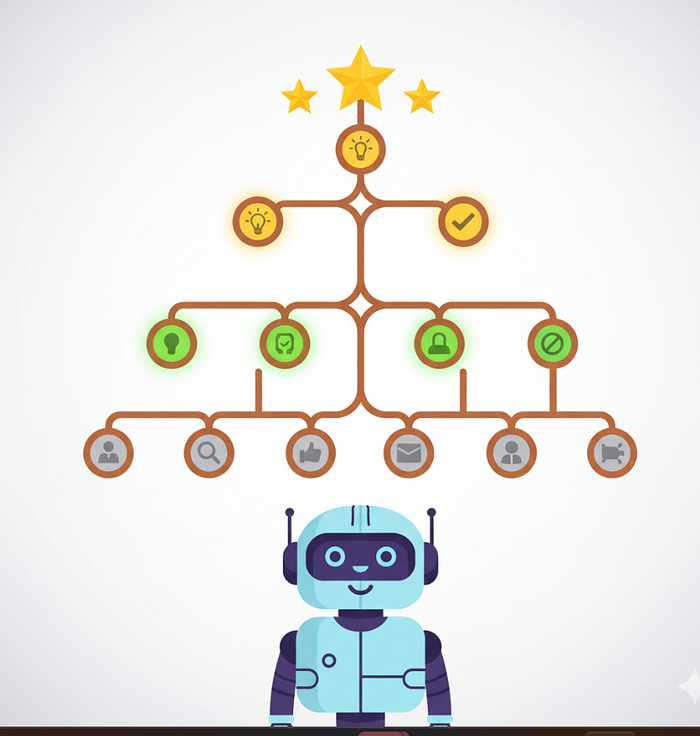Introduction to Digital Twins
One day, you might wake up to find another version of yourself, not in the mirror, not across the room, but in the digital world. What once felt like a futuristic dream is now real. Artificial intelligence is creating digital twins: virtual selves that can think, speak, and act almost like you.
What are Digital Twins?
The article explores the concept of digital twins—virtual representations of real-world entities created by artificial intelligence. It discusses how digital twins interact and evolve in real-time, allowing for simulations and predictions that aid decision-making across various fields, from healthcare to urban planning.
Applications of Digital Twins
An increasing number of organizations are investing in digital twin technology to enhance efficiency, personalize user experiences, and optimize systems. The evolution of digital twins highlights their potential to revolutionize industries while also emphasizing the challenges and ethical considerations associated with their development and implementation.
How Digital Twins Work
Digital twins are created using artificial intelligence and machine learning algorithms that collect and analyze data from various sources. This data is then used to create a virtual replica of the real-world entity, which can be used for simulations, predictions, and decision-making.
Benefits of Digital Twins
The benefits of digital twins are numerous. They can help organizations reduce costs, improve efficiency, and enhance customer experiences. Digital twins can also be used to simulate different scenarios, allowing organizations to test and evaluate different strategies before implementing them in the real world.
Challenges and Ethical Considerations
While digital twins have the potential to revolutionize industries, they also raise several challenges and ethical considerations. For example, there are concerns about data privacy and security, as well as the potential for digital twins to be used for malicious purposes.
Conclusion
In conclusion, digital twins are a rapidly evolving technology that has the potential to revolutionize industries and transform the way we live and work. While there are challenges and ethical considerations associated with digital twins, the benefits they offer make them an exciting and promising development in the field of artificial intelligence.
FAQs
What is a digital twin?
A digital twin is a virtual representation of a real-world entity, created using artificial intelligence and machine learning algorithms.
What are the benefits of digital twins?
The benefits of digital twins include reduced costs, improved efficiency, and enhanced customer experiences.
What are the challenges and ethical considerations associated with digital twins?
The challenges and ethical considerations associated with digital twins include data privacy and security concerns, as well as the potential for digital twins to be used for malicious purposes.
How are digital twins created?
Digital twins are created using artificial intelligence and machine learning algorithms that collect and analyze data from various sources.
What are the potential applications of digital twins?
The potential applications of digital twins include healthcare, urban planning, and other industries where simulations and predictions can aid decision-making.



